Know Your Exercise – Part 4: Seated Barbell Good Mornings
This is the fourth in the series of sharing exercises that are uncommon despite their huge usefulness. One such is the Seated Barbell Good Mornings.
The traditional Standing Good Morning is a hip hinge movement with an external weight carried across the back of the shoulders. It is said, the Good Morning was so named because it looks like a stretch you tend to perform as soon as you rise out of bed!
There are many variations of Good Mornings. Here we discuss the uncommon one: the Seated Barbell Good Mornings.
Muscles worked
Your hamstrings are the primary target with this move but other muscle groups are exercised too. The gluteus maximus in the buttocks and adductor magnus along the inner thighs work as synergists while the erector spinae that run down the length of the spine is the stabilizer.
Your obliques and rectus abdominis – part of the abdominal muscle suite – work as antagonist stabilizers. By working all of these muscle groups, Good Mornings are a great way to improve leg, hip, and back strength. This exercise is performed while seated and thus it emphasizes the lower back and trapezius more than the traditional standing Good Mornings because the seated position removes assistance from the glutes and hamstrings.
Benefits of Seated Barbell Good Mornings
While your hamstrings are the main muscles in this exercise other muscle groups work too. The gluteus maximus and adductor magnus work as synergists while the erector spinae is the stabilizer.
Using a weighted barbell activates these muscles even more. Studies show that using at least 50% of your one-repetition maximum (1RepMax) activates the hamstrings and spinal erectors more while also increasing knee flexion.
This exercise also helps to improve hip joint flexibility.
It most certainly helps strengthen the posterior chain – the muscle groups located on the posterior of the body starting from the upper back to the calf muscles, including the latissimus dorsii, erector spinae, hamstrings and gluteus maximus. The posterior chain controls backward forces and helps stabilize the spine and hips, keeping the body erect. It works together with the anterior chain which focuses on the front side of the body and controls forward movements and pushing.
Hinging forward recruits posterior chain muscles. They are all involved in exercises like the back squat, deadlift, clean & jerk, and snatch, etc. but the Good Morning enables you to more effectively isolate and, therefore, strengthen them. Of course, the spinal erectors are a major component of your core is more than just the abs!
Procedure
Bibasha Pal, one of our Master Trainers and certainly one of Kolkata’s more sought after personal trainers, demonstrates the Seated Barbell and Dumbbell Good Mornings.
She explains the technique:
- Place the barbell behind your neck as you would for a back squat while sitting on the bench with your legs straddling a bench.
- Hold a barbell across your upper back. The bar should rest on the top of the traps.
- Ensure the knees bent and feet flat on the floor in farther forward than your knees.
- Set your back tightly in a complete arch, locking it in position with contracted abs.
- Hinge forward at the hip, maintaining the back arch, and bend forward as far as you can without losing the arch in the back.
- Inhale during the forward, negative phase of the rep.
- Stop just before your chest touches your thighs at the end of the movement.
- Reverse the motion, being sure to not let the arch relax, and return to the original upright position. Exhale as you do this positive phase.
- Tips:
- Do not allow your feet to slide backwards as your torso moves forward.
- Keep abs braced throughout the positive and negative phases of the movement.
- Do not “round” your upper and lower back at any point during the exercise.
The Seated Good Mornings do not need to be loaded extremely heavily to be effective. Holding the weight away from your centre of gravity makes this exercise less stable. So, it is safer to work with lighter weights. Focus on an active and deliberate arch of the back and full range of motion. Sets of 3 to 6 reps ought to suffice though you may want to test yourself in the 10-12 reps range. One school of thought suggests that the load can be 20-40% of the lifter’s best back squat.
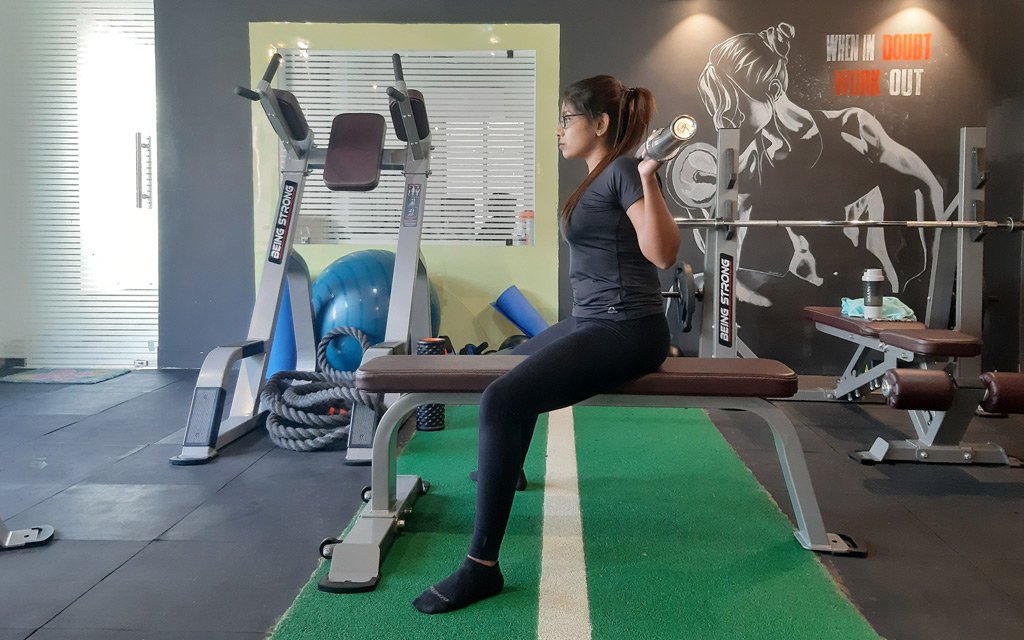
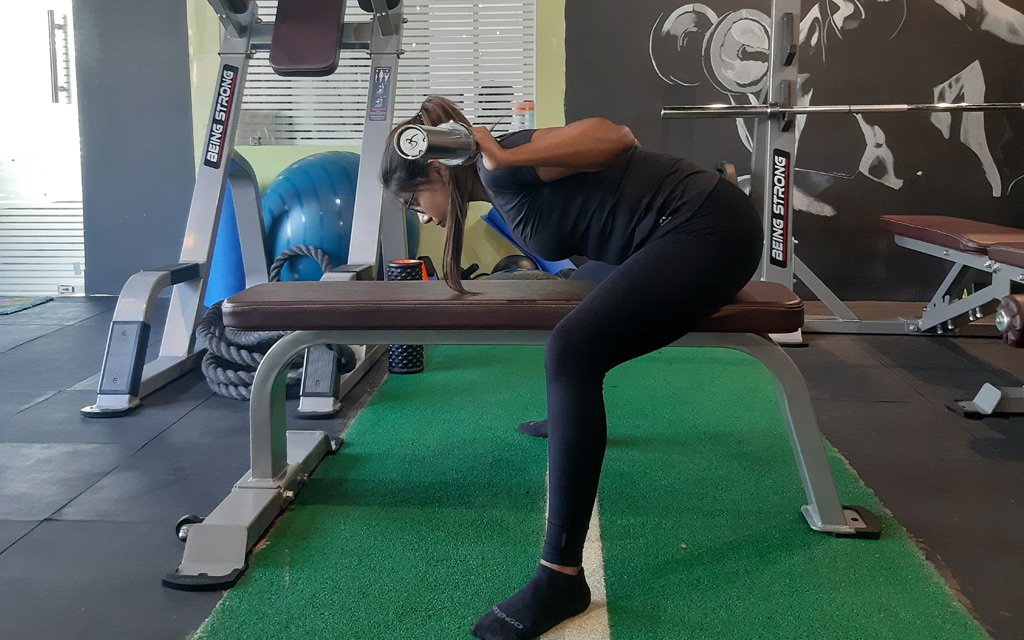
Variations
Seated Dumbbell Good Mornings
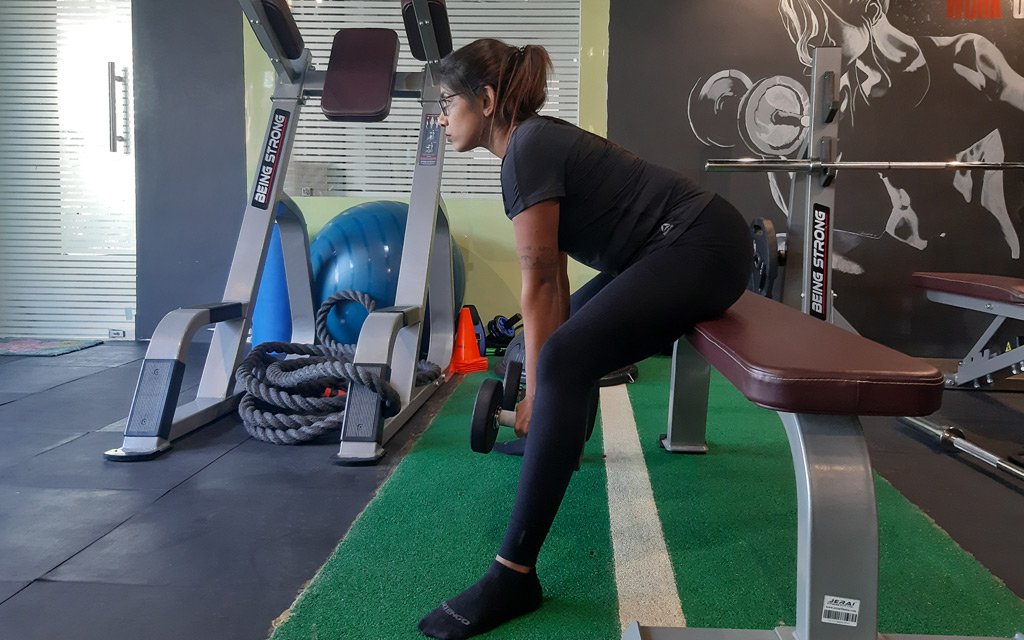
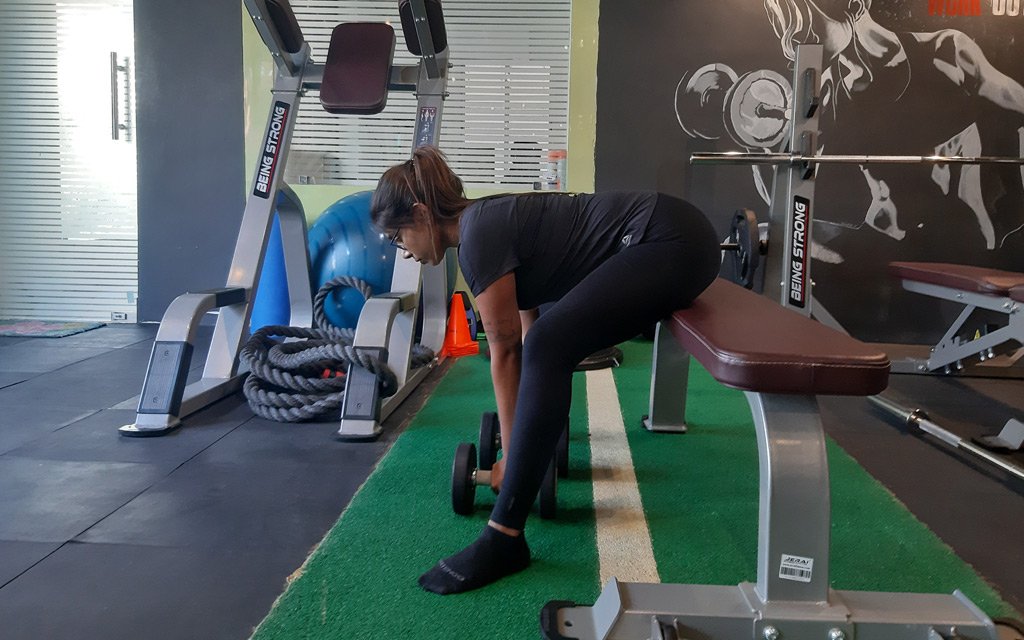
Seated Seated Dumbbell Good Mornings mid-range straddle
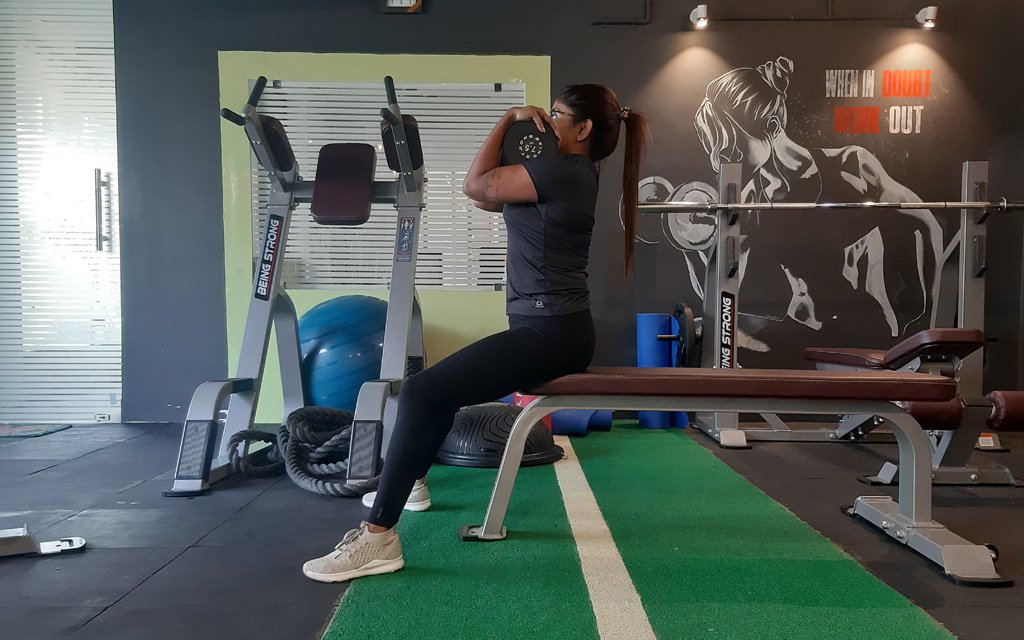
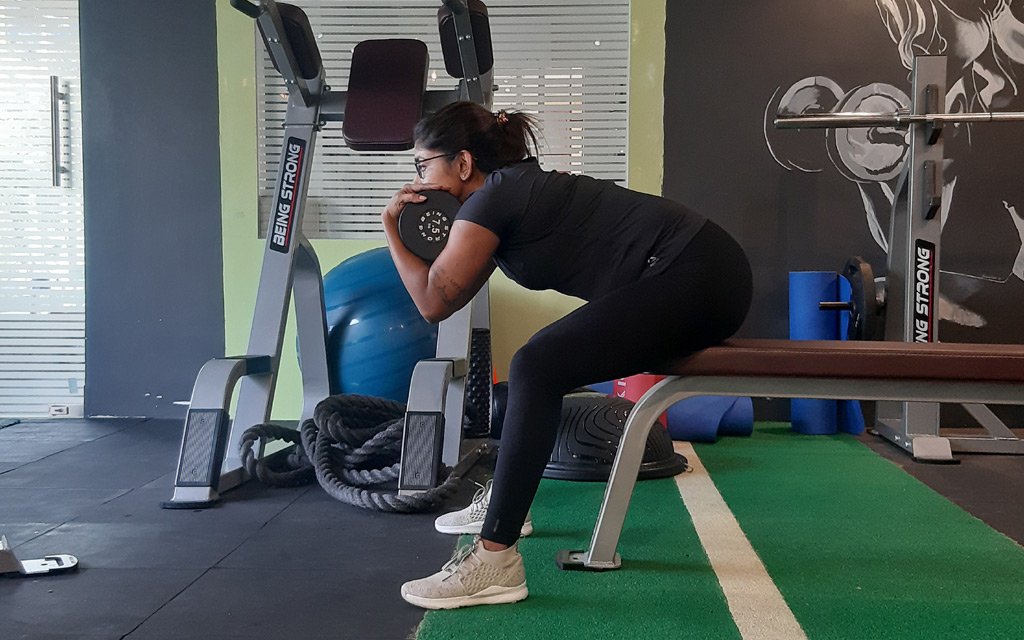
How did you “fee” the variations? Do let us know!
Let’s share the joy of weight training!
Do visit the blog section in www.gayofitnessacademy.com
